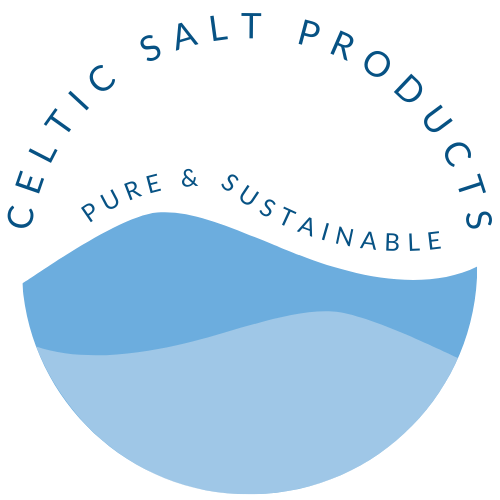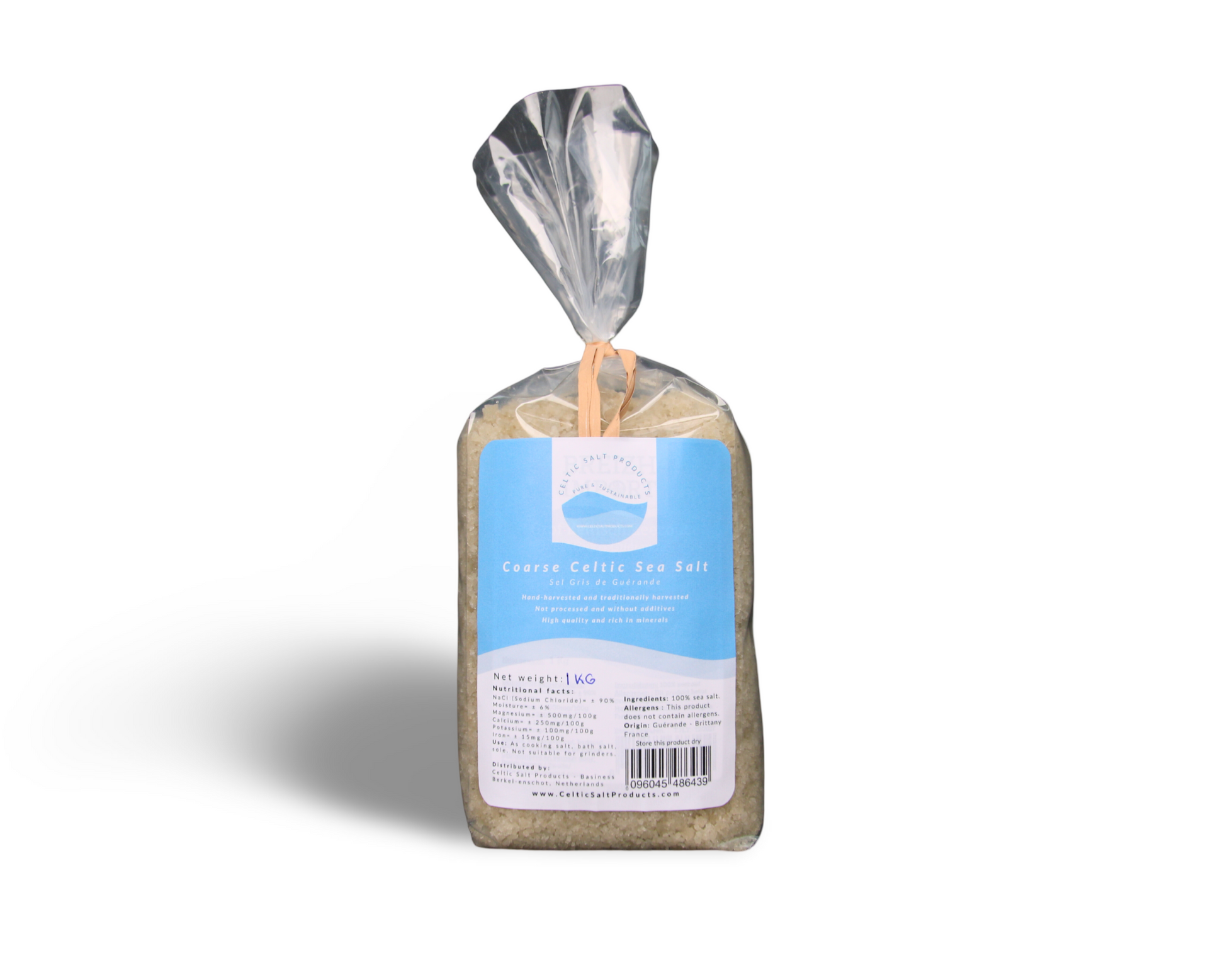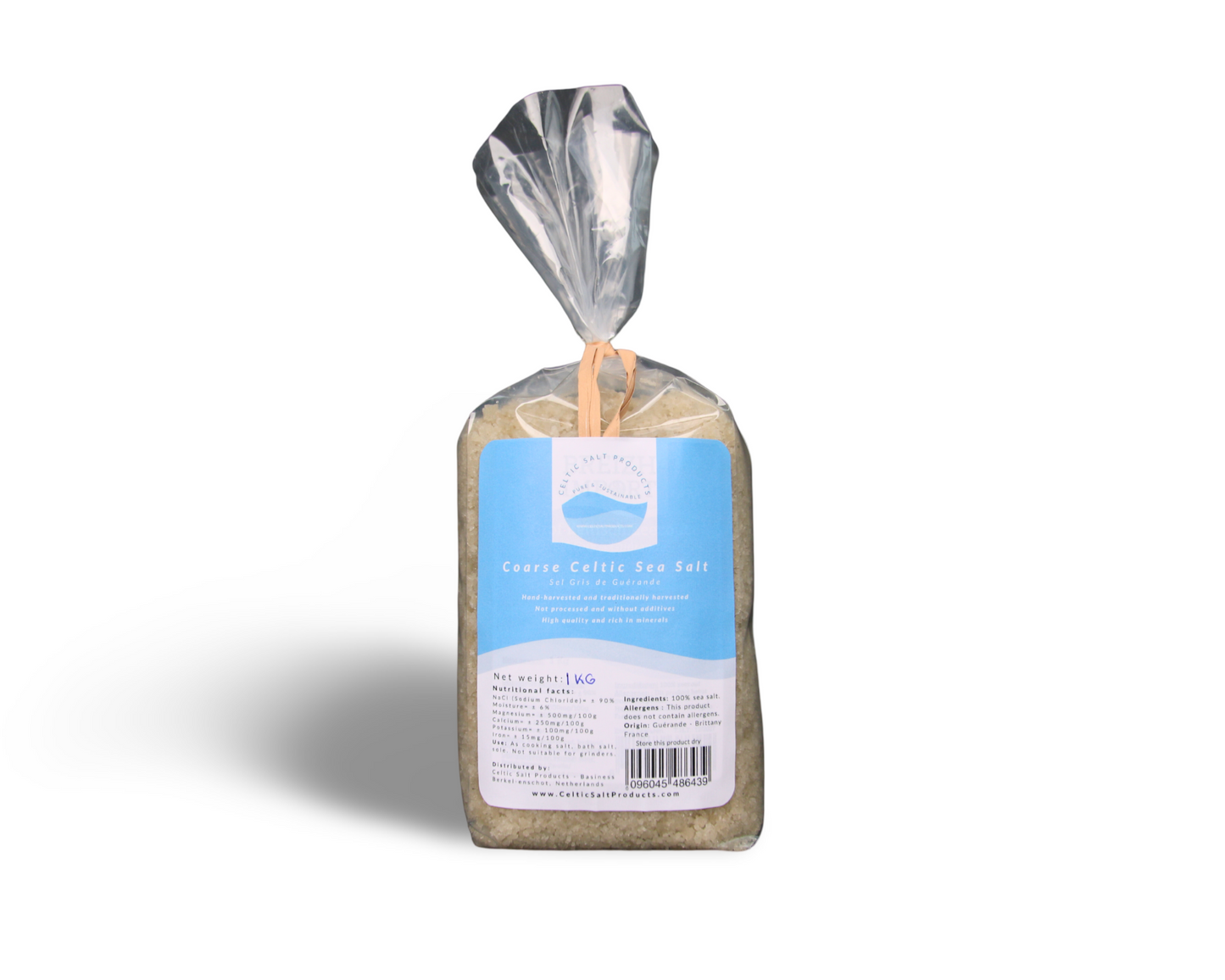Celtic Sea Salt is renowned for its natural harvesting methods and the preservation of its rich mineral content, offering a healthier alternative to regular table salt. However, despite its health benefits, it's important to acknowledge that Celtic Sea Salt contains sodium, which can lead to potential side effects if consumed in excess. This blog post will explore both the positive aspects and potential downsides of Celtic Sea Salt, providing a balanced view to help you use it wisely.
What is Celtic Sea Salt?
Celtic Sea Salt is an unrefined sea salt harvested from the sandy clay ponds along the Atlantic coastline of France. Unlike processed salts, Celtic Sea Salt is naturally moist and retains a rich profile of trace minerals. Its greyish hue comes from the mineral-dense clays of the region where it is collected.
Potential Side Effects of Celtic Sea Salt and Their Positive Counterparts
1. High Blood Pressure
Risk: Celtic Sea Salt, like all salts, contains sodium, which can raise blood pressure by causing the body to retain water. This is particularly concerning for those with hypertension or a sensitivity to sodium.
Positive Side: The trace minerals in Celtic Sea Salt, such as potassium, help counterbalance the effects of sodium. Potassium aids in relaxing blood vessel walls and maintaining a healthy blood pressure level when consumed as part of a balanced diet.
2. Water Retention
Risk: Consuming too much Celtic Sea Salt can lead to water retention, resulting in swelling and puffiness in various parts of the body.
Positive Side: The balanced electrolytes in Celtic Sea Salt can enhance hydration and help regulate fluid balance when used in moderation, promoting overall cellular function and health.
3. Impact on Kidney Health
Risk: High intake of sodium can put extra strain on the kidneys, potentially leading to kidney stones or other renal problems.
Positive Side: The additional minerals like magnesium in Celtic Sea Salt support kidney function by promoting better hydration and aiding in the detoxification processes of the body.
4. Increased Risk of Stomach Cancer
Risk: There is some evidence suggesting that high salt intake might increase the risk of stomach cancer due to damage to the stomach lining.
Positive Side: Celtic Sea Salt's natural composition and the presence of trace minerals can support better digestive health and help maintain the integrity of the stomach lining when used responsibly.
5. Correlation with Osteoporosis
Risk: Excessive salt intake can lead to calcium losses, potentially resulting in bone density reduction and osteoporosis.
Positive Side: The broad spectrum of minerals in Celtic Sea Salt, including calcium and magnesium, actually supports bone health when used as part of a balanced diet, mitigating the risks associated with sodium.
How to Safely Use Celtic Sea Salt
Despite these potential side effects, Celtic Sea Salt can be a part of a healthy diet when used wisely:
- Moderation is Essential: Adhere to recommended daily limits for sodium intake as advised by health organizations.
- Include Potassium-Rich Foods: Balance sodium intake with foods high in potassium to maintain electrolyte balance.
- Stay Hydrated: Drink plenty of fluids to help manage sodium levels and promote overall health.
- Consult with Healthcare Providers: Always seek advice from a healthcare professional, especially if dealing with specific health conditions.
Conclusion
Celtic Sea Salt offers notable health benefits due to its mineral richness, but it should be consumed in moderation to avoid potential side effects. By understanding both the positive and negative aspects, you can enjoy the benefits of Celtic Sea Salt without compromising your health.
Click here to buy celtic sea salt.
Have you integrated Celtic Sea Salt into your diet? Share your experiences and how you balance its use to maintain good health. Join the discussion below or on our social media platforms for more insights into healthy living.


